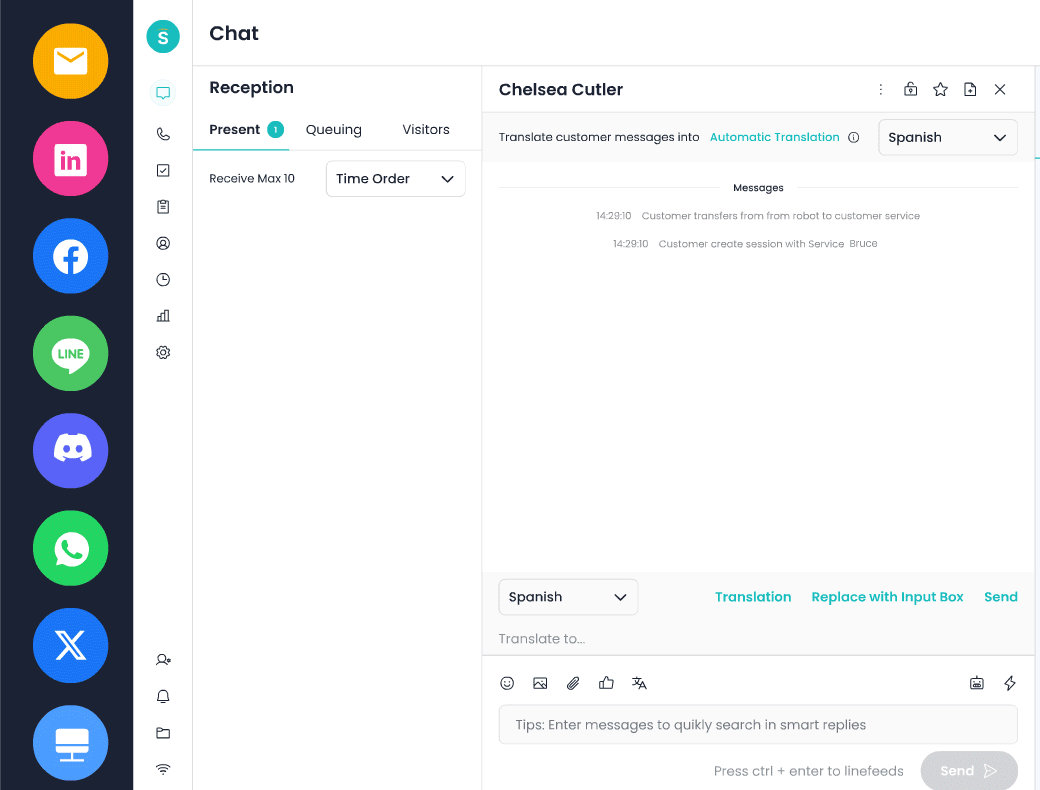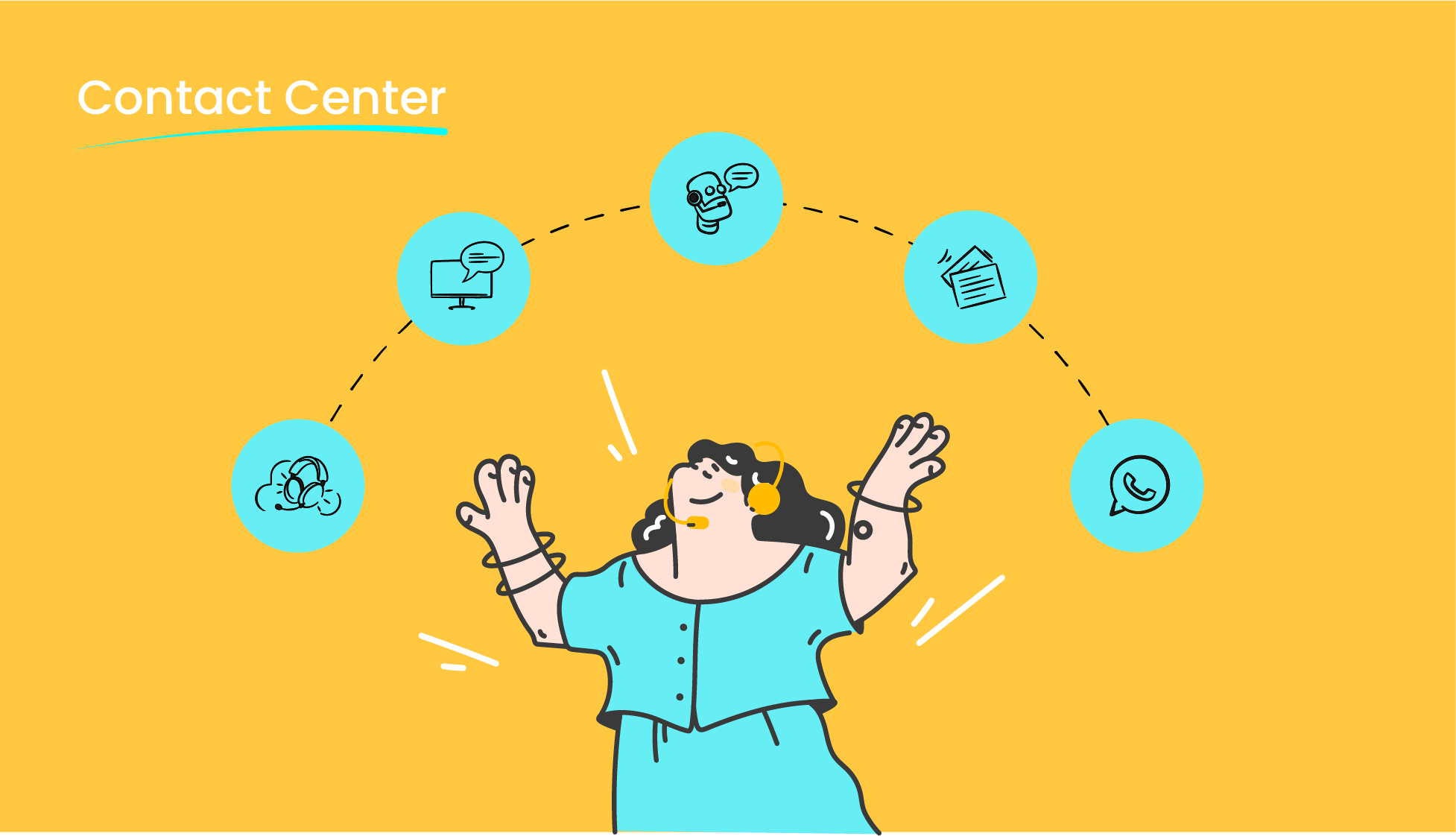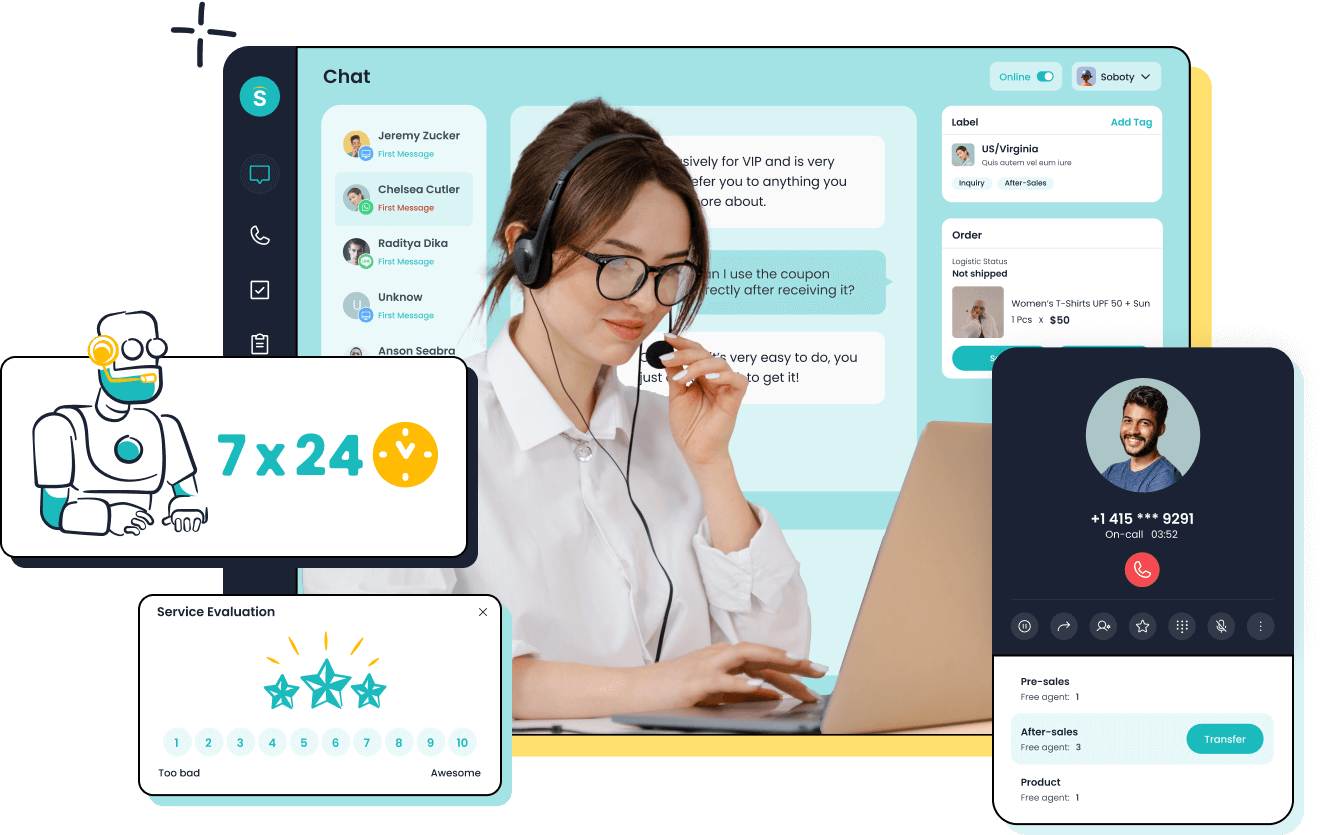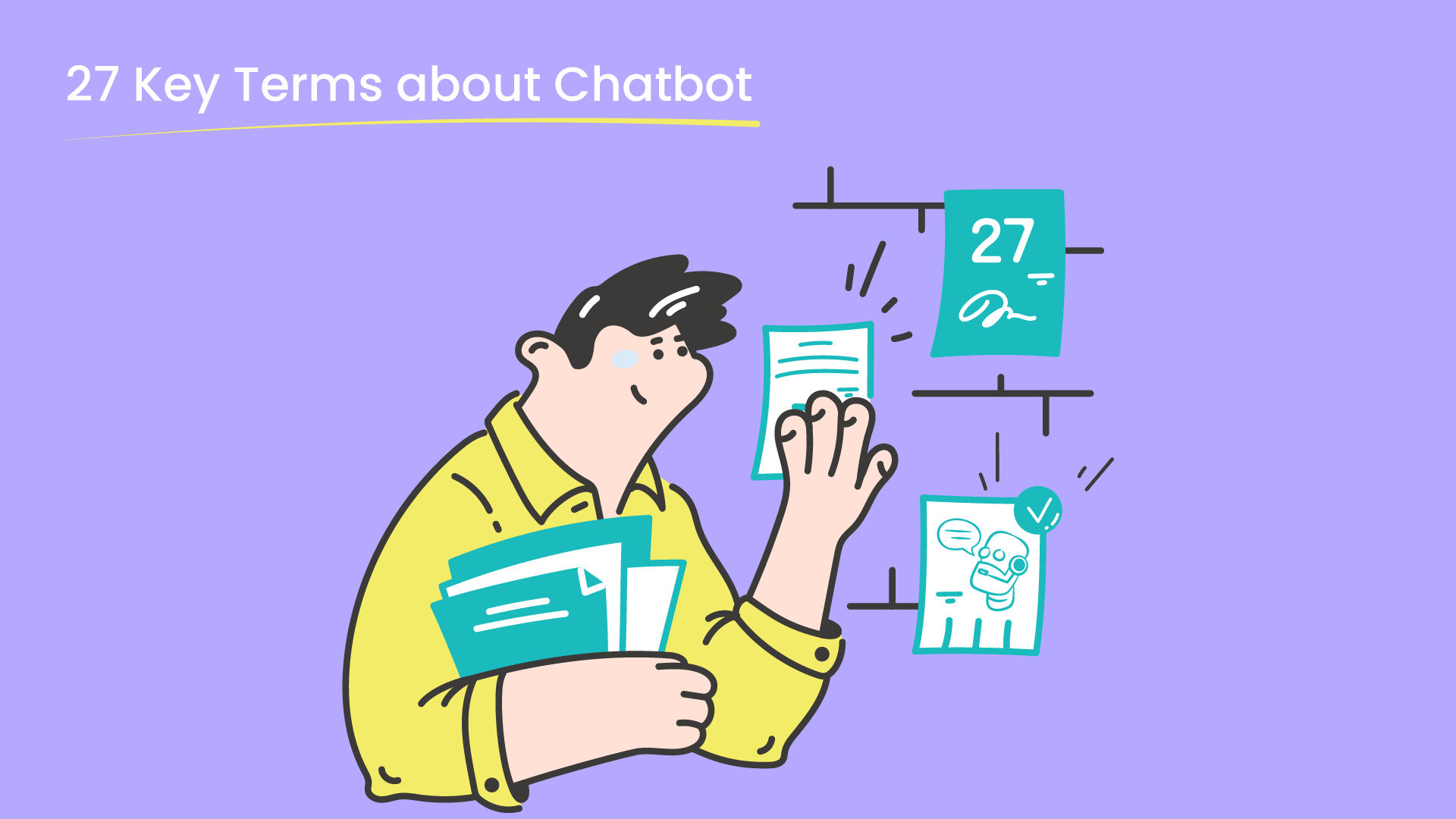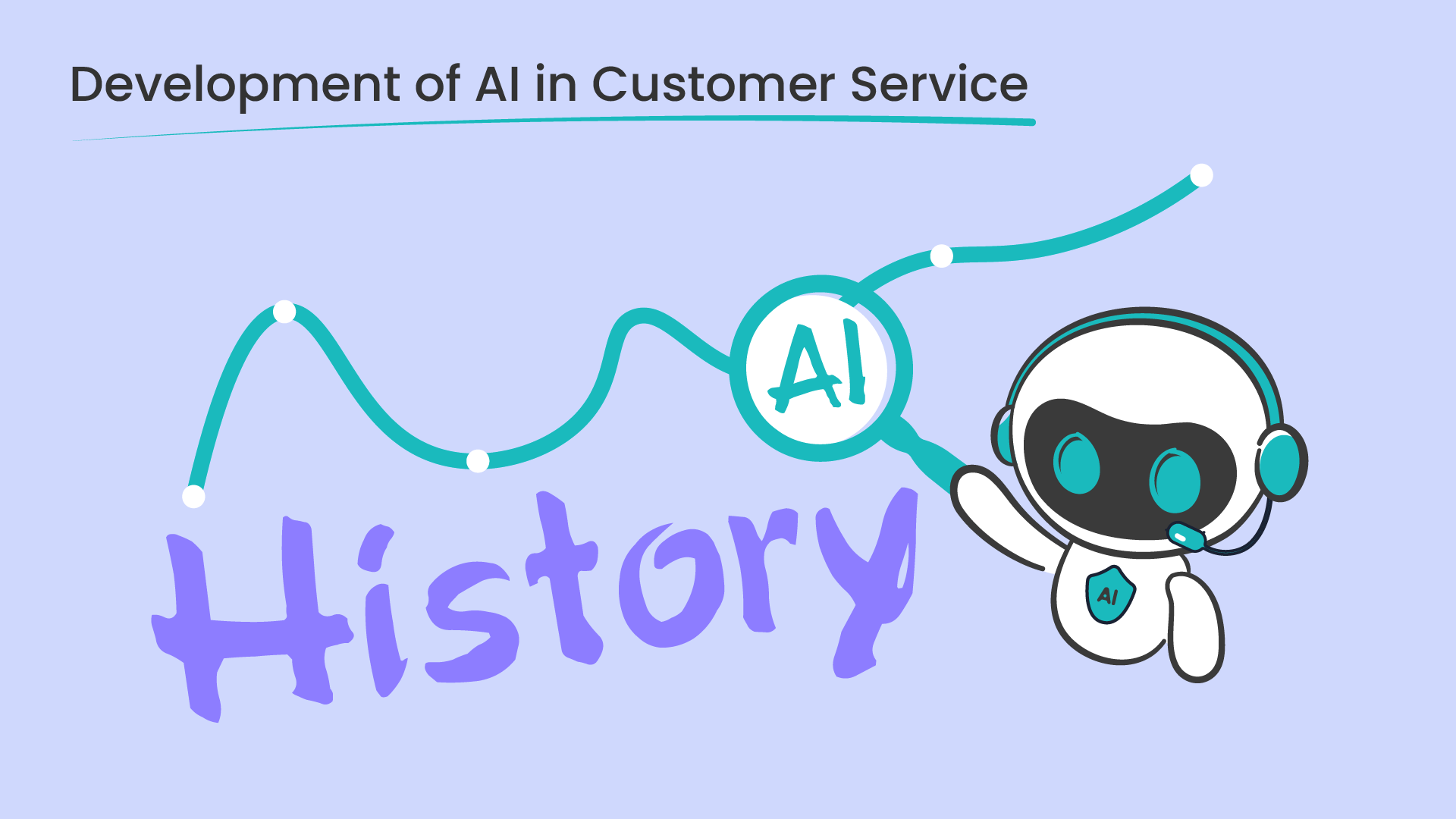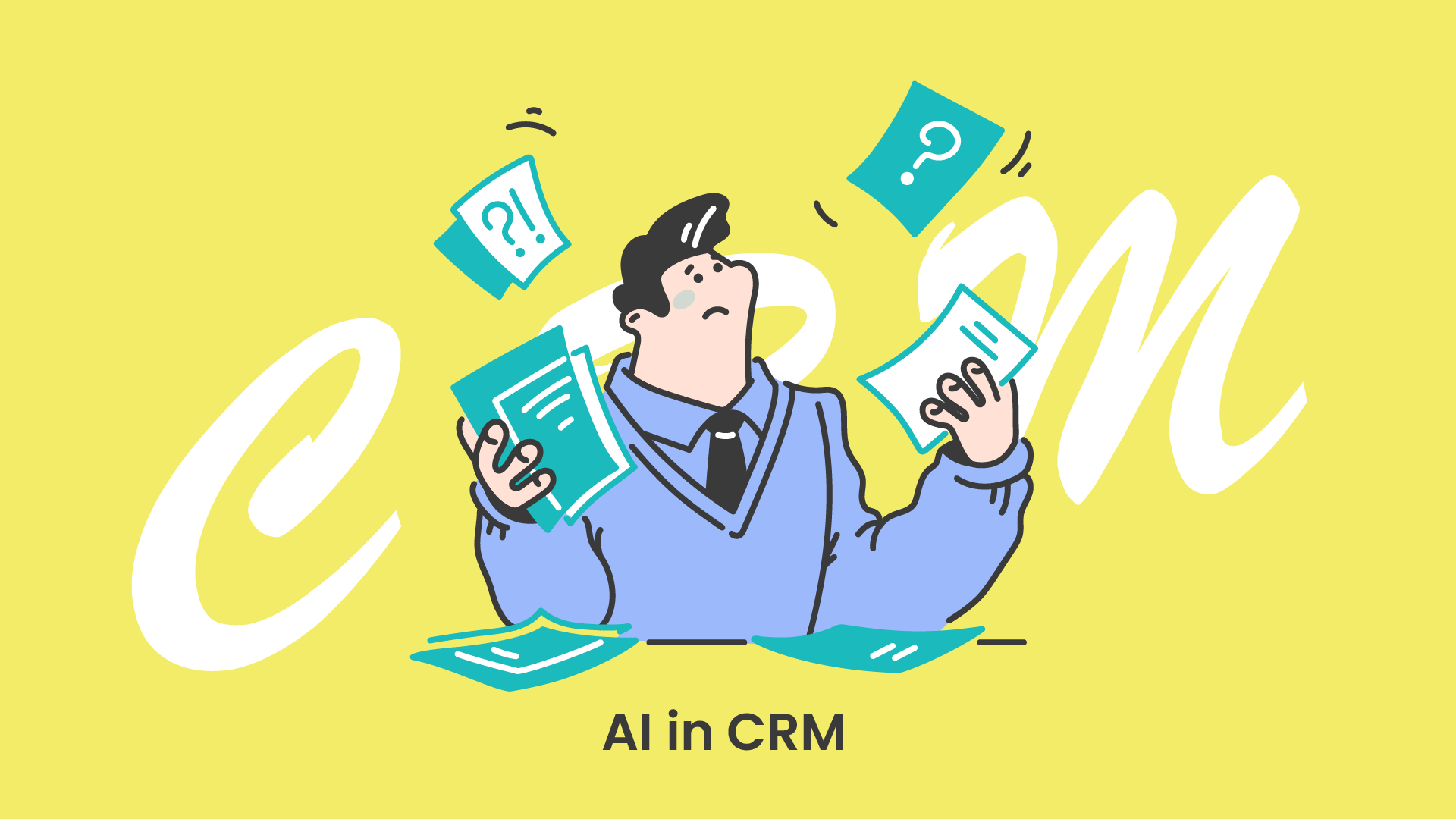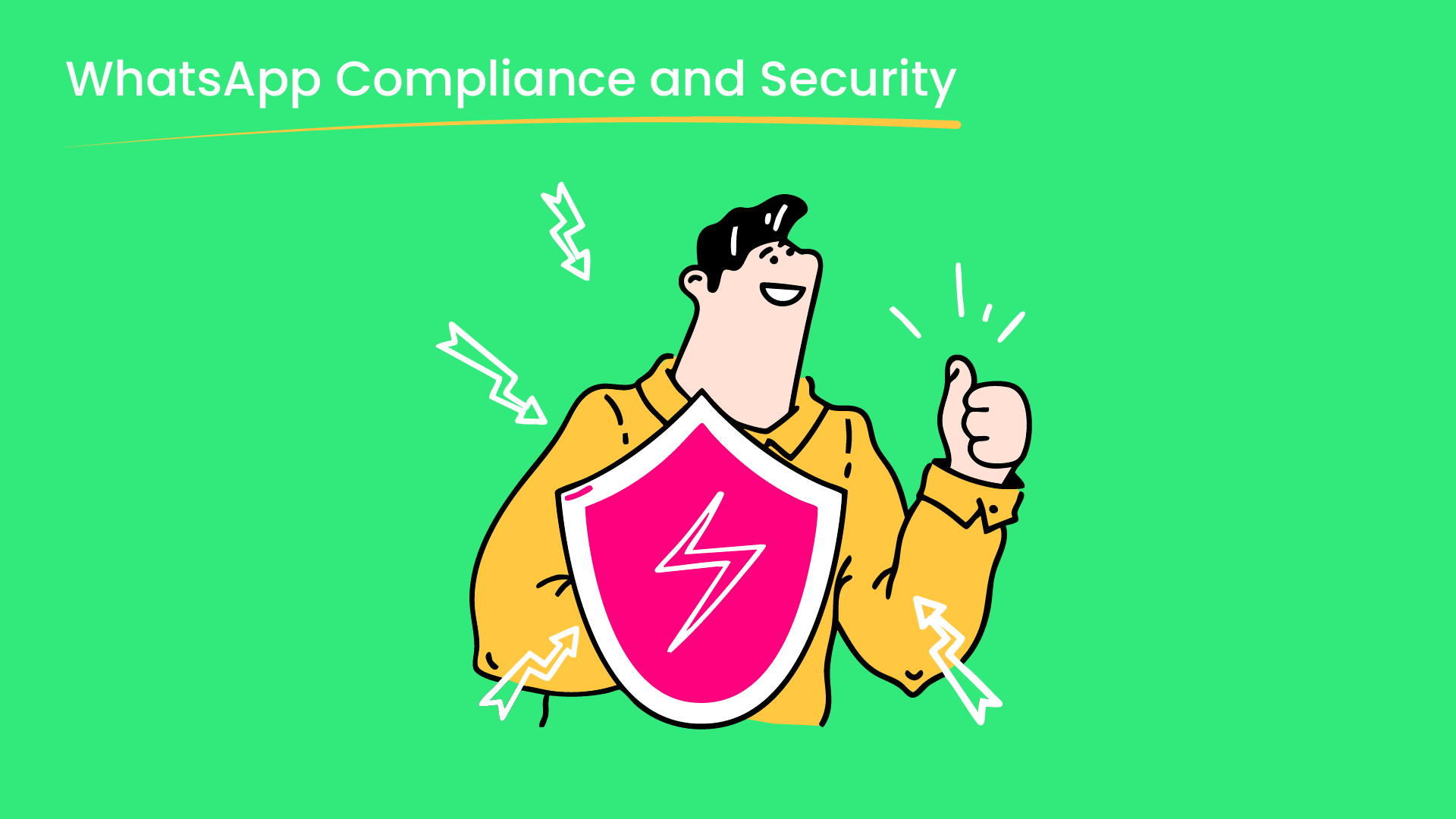Contact centers are essential for businesses. They serve as critical communication hubs, enabling organizations to manage customer interactions and resolve issues. Many sectors, such as technology, finance, healthcare, e-commerce, and telecommunications, are key fields benefiting from them. They help maintain customer satisfaction and brand reputation.
This article aims to provide a comprehensive “how to start a contact center” guide. It is designed to assist businesses in setting up a robust contact center. It offers insights into technologies, strategies, and best practices. These combined can significantly transform customer communication.
What is Contact Center and its Roles
It is a centralized department within an organization. It’s dedicated to managing customer communications across various channels. Modern contact centers encompass multiple communication platforms and technologies. They serve multiple critical functions in an organization. Their roles extend far beyond simple customer support:
- Customer Support: Resolving technical issues, answering product queries, and providing immediate assistance.
- Sales Support: Generating leads, handling sales inquiries, and supporting the sales conversion process.
- Technical Troubleshooting: Offering specialized technical guidance for complex product or service challenges.
- Customer Feedback Collection: Gathering insights about product performance and customer experiences.
- Brand Representation: Acting as the primary brand ambassador during customer interactions to project a positive brand image.
- Crisis Management: Identifying and addressing potential risks and issues.
- Retention Management: Working to prevent customer churn and maintain long-term relationships.
Basic Contact Center Related Terms
Learning the basic and relevant terms is essential to developing an effective customer communication strategy. Understanding these terms will help you better understand the“how to create a contact center” process.
- Agent
An agent is a trained professional who directly handles customer interactions. They do that across various communication channels.
- Chatbot
This refers to AI-powered customer service software. It automatically responds to customer queries. Its responses are bound by predefined rules or machine learning algorithms.
- Ticketing
This is a system designed for tracking, managing, and resolving customer support requests. It does this through a structured workflow.
- Helpdesk
A helpdesk is a centralized platform. Its purpose is to manage customer support interactions and track issues. Its job is to ensure timely resolution.
- Voice (Call Center)
This is a traditional telephone-based customer support system. It focuses on voice communications.
- Customer Relationship Management (CRM)
CRM is a strategic and technological system used by businesses to manage their interactions and data with customers. It aims to enhance customer satisfaction, loyalty, and profitability.
- Intelligent Outbound Voicebot (IOV)
This is an advanced AI system. It can initiate and manage outbound calls. There is minimal human intervention required.
- Natural Language Processing/Understanding (NLP/NLU)
These are advanced technologies. They enable machines to understand human language and interpret it. The machines can then generate human language well.
- Knowledge Graphs
These are structured representations of knowledge. This knowledge helps systems provide more contextual and accurate responses.
- Automatic Call Distributor (ACD)
ACD refers to a dedicated telephony system. It routes incoming calls to the most appropriate agent. It does this based on predefined criteria.
- Interactive Voice Response (IVR)
It refers to an automated phone system. Its primary tasks and functions include interacting with callers, gathering information, and routing calls.
- Automatic Customer/Caller Identification (ACIS)
ACIS technology automatically identifies callers. It also provides context about a caller before an agent answers.
5 Steps to Starting a Successful Contact Center
Launching a call center for small business requires strategic planning and systematic execution. These five “how to start a contact center” steps provide guidance:

1. Define Business Objectives and KPIs
Establish clear and measurable business objectives. It is crucial for long-term success. Several strategic Key Performance Indicators are important. They act as a roadmap for the AI call center. Here are the recommended criteria:
- Customer Satisfaction Targets(CSAT): Establish specific CSAT scores to measure customer experience quality and customer happiness. The suggested criterion is that the customer should be satisfied with the service and re-sign the order.
- Connection Rate: Connection rate is an important metric for measuring the data quality of inbound and outbound call solutions. According to industry standards, the connection rate for incoming services is generally ≥80%, and for outbound services, it is generally ≥60%. Enterprises should set higher standards on this basis according to the actual market.
- Average Waiting Time: The average waiting time influences the level of customer satisfaction. A recommended standard is 15 seconds, but the industry norm typically allows for 20 seconds or less.
- Average Processing Time: The average handling time is directly linked to the efficiency of agents, and call centers need to minimize post-processing time as much as possible. A recommended standard is between 60-180 seconds. The normal range in the call center industry is around 210 to 330 seconds, and the processing time required may vary depending on the business.
- Single Resolution Rate: The single resolution rate is a key metric affecting customer satisfaction. Both the recommended level and the industry standard are ≥85%. It will impact customer confidence in the call center. Additionally, a high volume of transfers and callbacks will significantly increase the call center’s expenses.
For more detailed information regarding KPIs, visit Detailed KPIs for Call Center Operations.
2. Evaluate and Select the Right Software/Technology
Focus on the ones that offer scalability and robust integration capabilities. Multi-channel support is also important. Core technologies include CRM systems, communication platforms, analytics tools, and AI-powered solutions. When selecting technology, consider long-term flexibility. Also, consider the potential for future upgrades. Last but not least, compatibility with existing infrastructure is important, too.
3. System Integration and Testing
Ensure seamless integration between your contact center platform and existing business systems. Conduct comprehensive testing to identify and resolve potential integration challenges. It’s a key step in the “how to start a contact center” process. Map out all potential interaction points between your contact center software and other critical business systems. These include sales databases, inventory management, and customer relationship management platforms. Develop a detailed integration strategy that allows for smooth data flow.
4. Recruitment and Training
Develop a robust recruitment strategy. It should focus on communication skills, technical knowledge, and customer-centric attitudes. Create comprehensive training programs. These should cover product knowledge, communication techniques, and technology usage. Designing multi-stage recruitment processes is recommended. It should assess not just technical skills but also emotional intelligence, problem-solving abilities, and adaptability.
5. Go-live Operation and Continuous Optimization
Launch your contact center with a phased approach. Continuously monitor performance, collect feedback, and implement optimizations/improvements. Do all of this with the help of real-world data and customer interactions. Start with a limited rollout that allows you to test systems under controlled conditions. Then, gradually expand operations while closely tracking key performance metrics.
All-in-One, Omnichannel, and Intelligent Contact Center Solutions by Sobot

Unlike cloud contact center providers that only offer single products, Sobot offers an all-in-one, omnichannel, and intelligent contact center solution. It aims to simplify and streamline customer interactions and make a qualitative leap in enterprise customer communication and management.
Sobot has collaborated with numerous global brands, demonstrating significant return on investment with its contact center solutions. With Sobot’s all-in-one solution, Samsung’s agent efficiency has increased by 30%, and CSAT has reached 97%. More internationally renowned brands, such as J&T Express, OPPO, Opay, PalmPay, MICHAEL KORS, Agilent, Luckin Coffee, and Lilith Games, are our strategic partners.
Sobot’s contact center solution offers comprehensive benefits for enterprises seeking advanced customer engagement strategies:
- Unified Platform Experience: Consolidate multiple communication channels into a single interface.
- Scalable Architecture: Support businesses of varying sizes and complexity.
- Advanced Integration Capabilities: Connect with existing business systems effortlessly.
- Intelligent Routing: Ensure customers reach the most appropriate support resource.
- Comprehensive Analytics: Monitor performance through 300+ performance indicators.
- Gold-Standard Delivery Service: Ensure comprehensive, consistent, and reliable customer support.
Sobot provides businesses with comprehensive, intelligent communication platforms. These platforms adapt to evolving customer engagement needs. Supported contact center setup products include:
- Voice: Advanced inbound and outbound telephony solutions with intelligent call routing and real-time voice analytics. Global, mobile, and toll-free numbers from over 100 countries and a global network of 110 points of presence in 93 cities across 50 countries can be provided.
- Live Chat: Seamless, instant messaging support with customizable chat interfaces and quick response mechanisms. This product features simple building blocks and point-and-click interfaces and offers real-time and historical data analysis.
- AI-Powered Chatbot: Smart conversational interfaces that handle routine queries and provide 24/7 automated customer support. No coding is required, and it is easy to optimize.
- Ticketing System: Comprehensive issue tracking and resolution platform with automated workflow management. The benefits are integration, flexible routing, and coherence.
- Voice for Sales: Specialized communication tools designed to enhance sales conversion and customer acquisition processes. Data is safe and scalable. It minimizes customer complaints and is more suitable for telemarketing teams.
- WhatsApp API: Direct messaging support enabling businesses to communicate through WhatsApp’s official business-verified account (Green Tick). It supports bulk messaging, smart chat routing, chatbot 24/7 response, and marketing ROI analysis.
Conclusion
Establishing a modern contact center is no longer optional. It’s a critical business imperative.
The “how to start a contact center” guide highlights that contact centers serve as the frontline of customer experience. Implementing a comprehensive and multi-channel approach is mandatory. With this, businesses can transform customer interactions into meaningful engagement opportunities.
Sobot’s all-in-one, omnichannel, intelligent, and user-friendly platform addresses complex CRM needs. Visit the company’s website to explore tailored contact center solutions.
